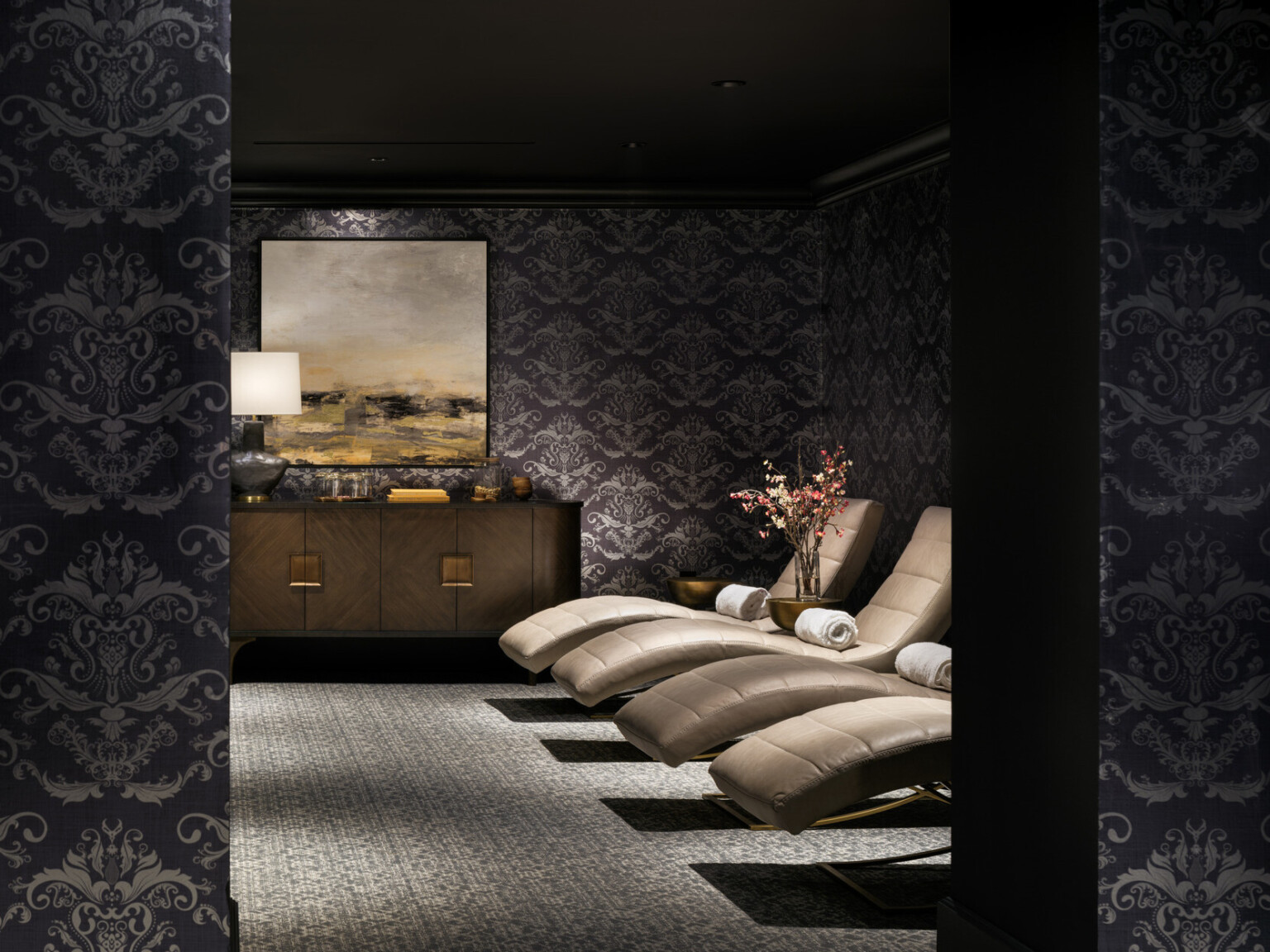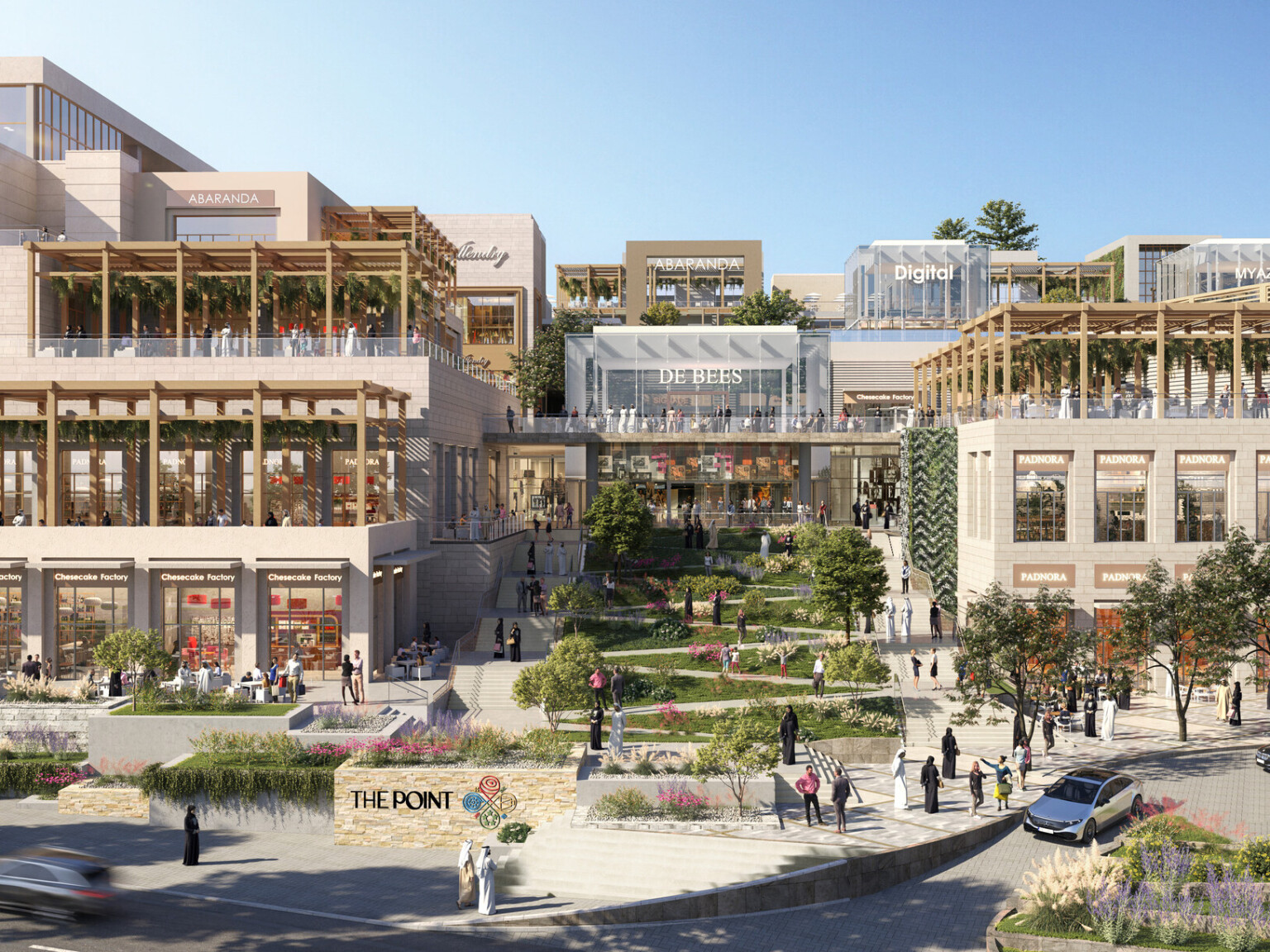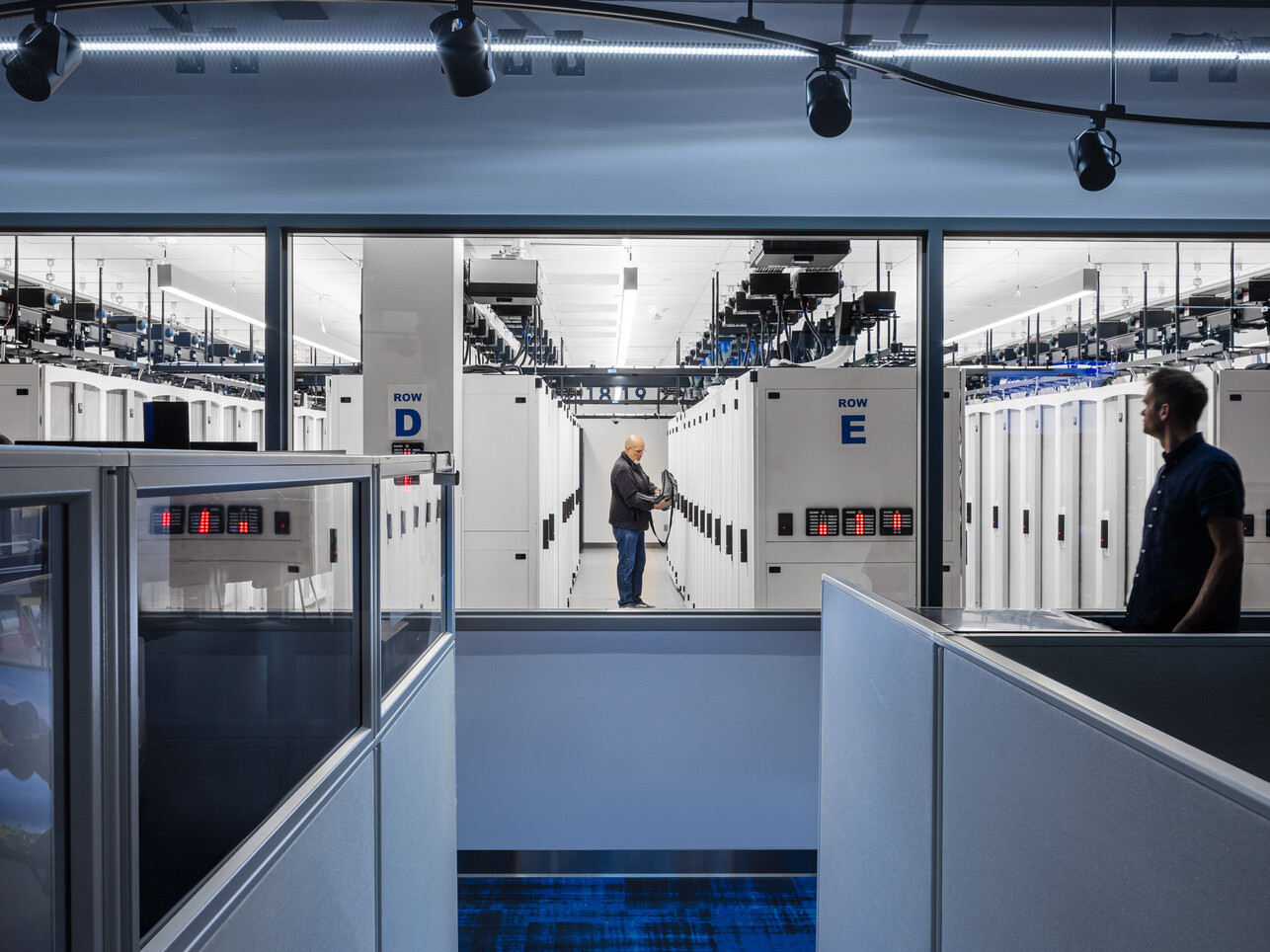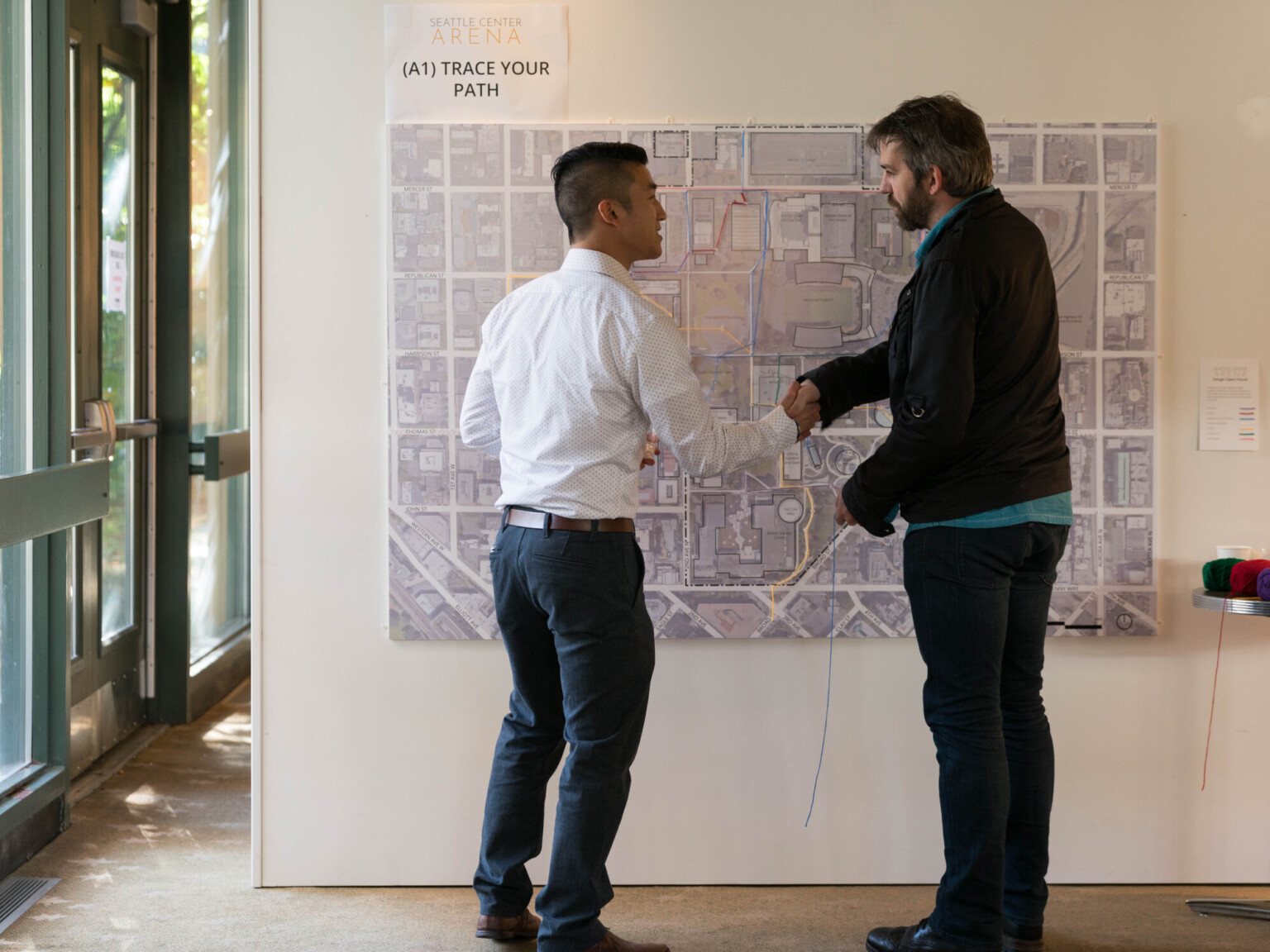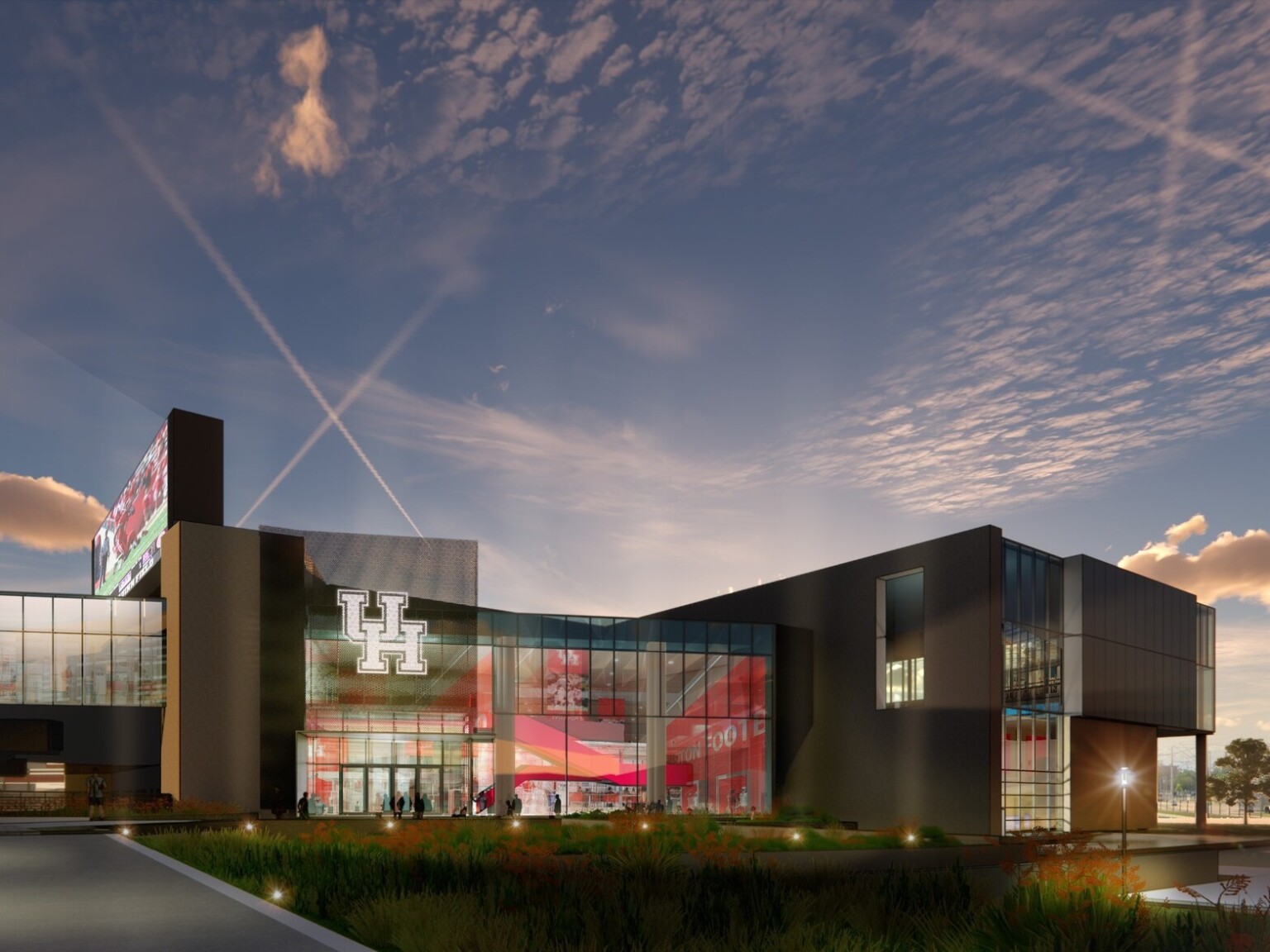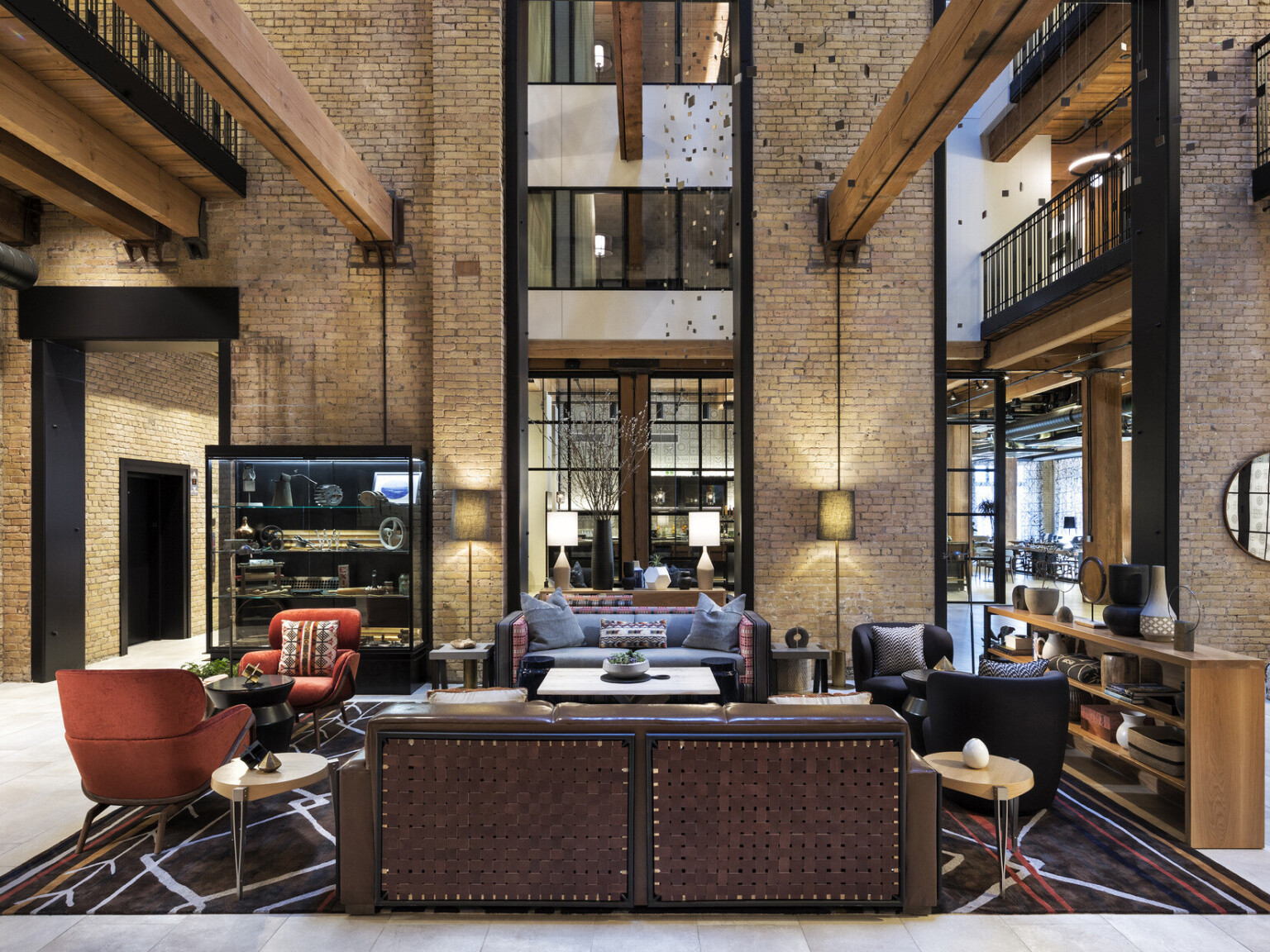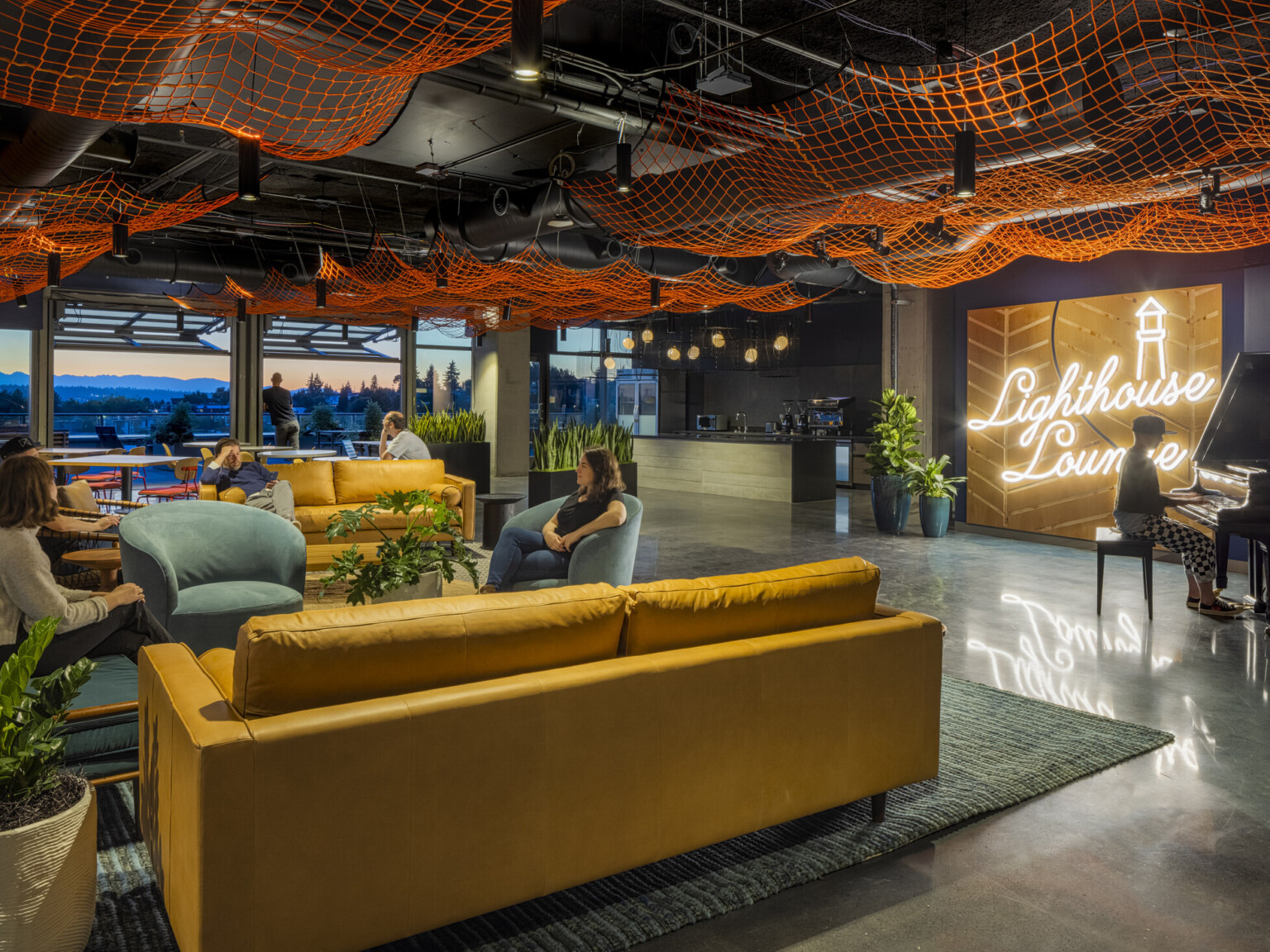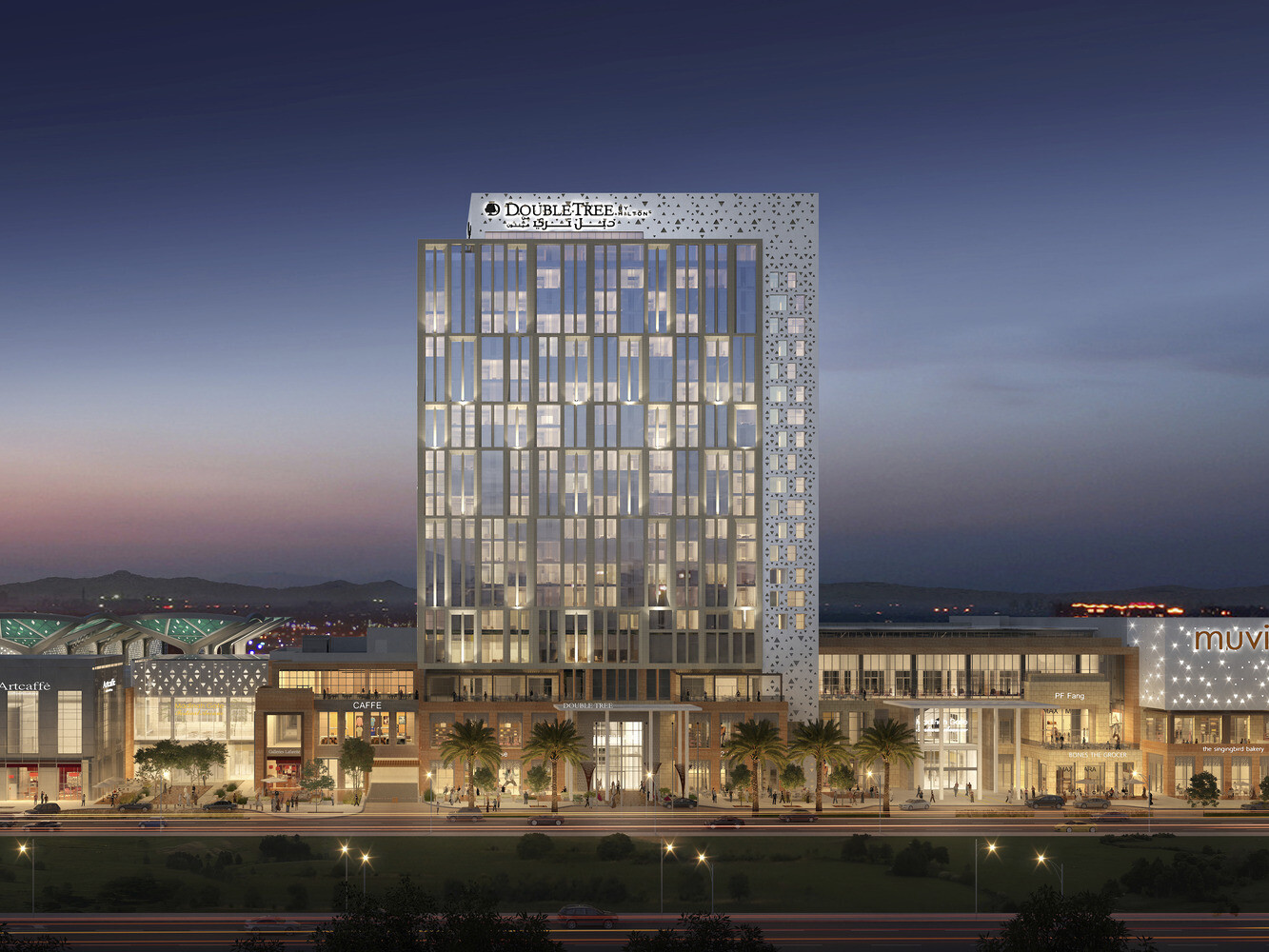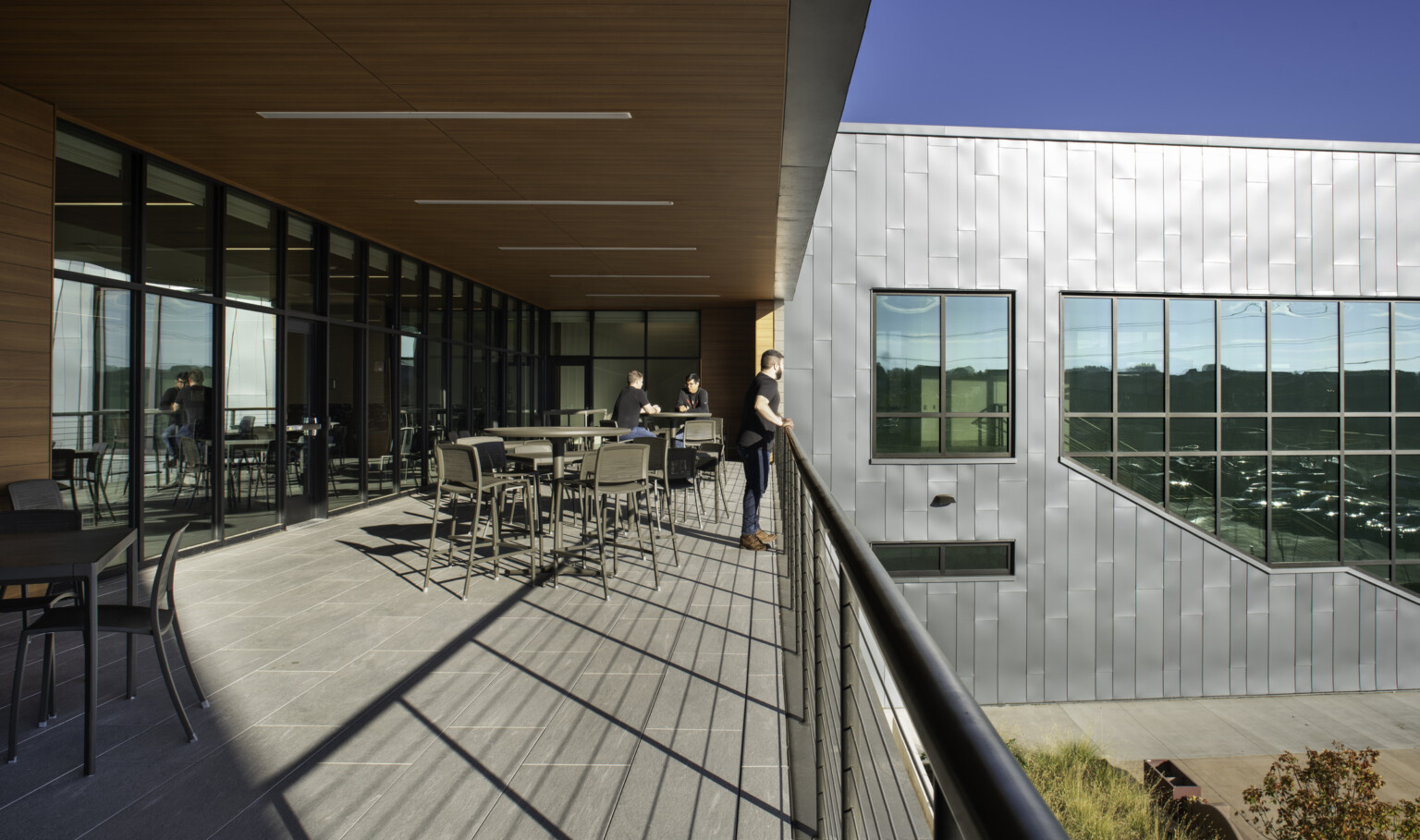
Health and Wellbeing in Justice Facilities and Society
While the healthcare field has amassed more research on this topic as compared to the corrections field, both consider healing environments that access ample natural light, good indoor air quality, and connection to the outdoors as elements proven to benefit those within it. These elements, in addition to thermal comfort, acoustics, water, nourishment, and community, make up the focus of healthy building design embraced by the WELL Building Standards.
WELL is a recent program arising from the International WELL Building Institute. Similar in structure to U.S. Green Building Council’s LEED program, WELL certifies projects based on points for Silver, Gold, and Platinum certification. The differences lie in the focus of each program. While LEED focuses heavily on building operational performance and outcomes, WELL focuses on features with distinct health benefits. Designing with these elements in mind focuses on the dignity of all individuals who inhabit these facilities.
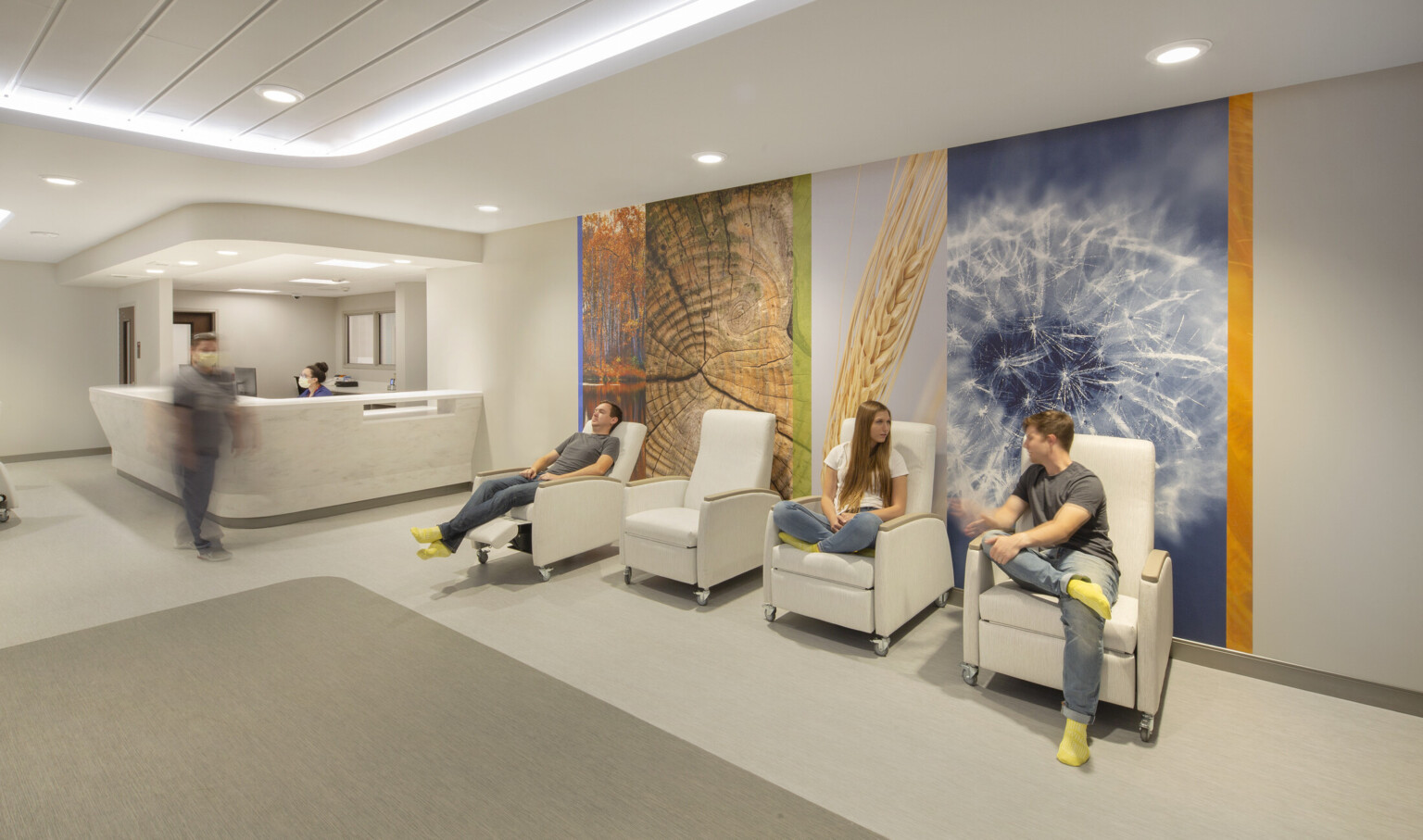
Designing for Dignity
From a corrections standpoint, the benefits of designing for dignity results in lower stress levels of the offenders and staff, which has the residual benefit of better behavior and an increase in the offenders’ ability to focus on rehabilitative programs offered. Though the end users may be different, we use the same philosophy as DLR Group Principal and Healthcare Leader Phil LiBassi, FAIA, explains. “Our priority is to put ourselves in the place of patients, caregivers, providers, and administrators to understand how the space will impact experience. Empathy is our greatest design tool.”
Our obsession with the user experience is not unique to one particular building type. Over the past three decades, the “tough on crime” mindset and direction of policy resulted in longer sentences for people who committed crimes, which frequently stem from mental illnesses. The justice process often focused more on the crime and punishment rather than uncovering the underlying cause of what led to the crime.
As the aggregate cost of incarceration has continued to accelerate, policy makers and the public agree that this unsustainable focus requires a different approach than the strict incarceration policies of decades past. This shift values the closer relationships between mental health and corrections, and the benefits of our collaborative approach.
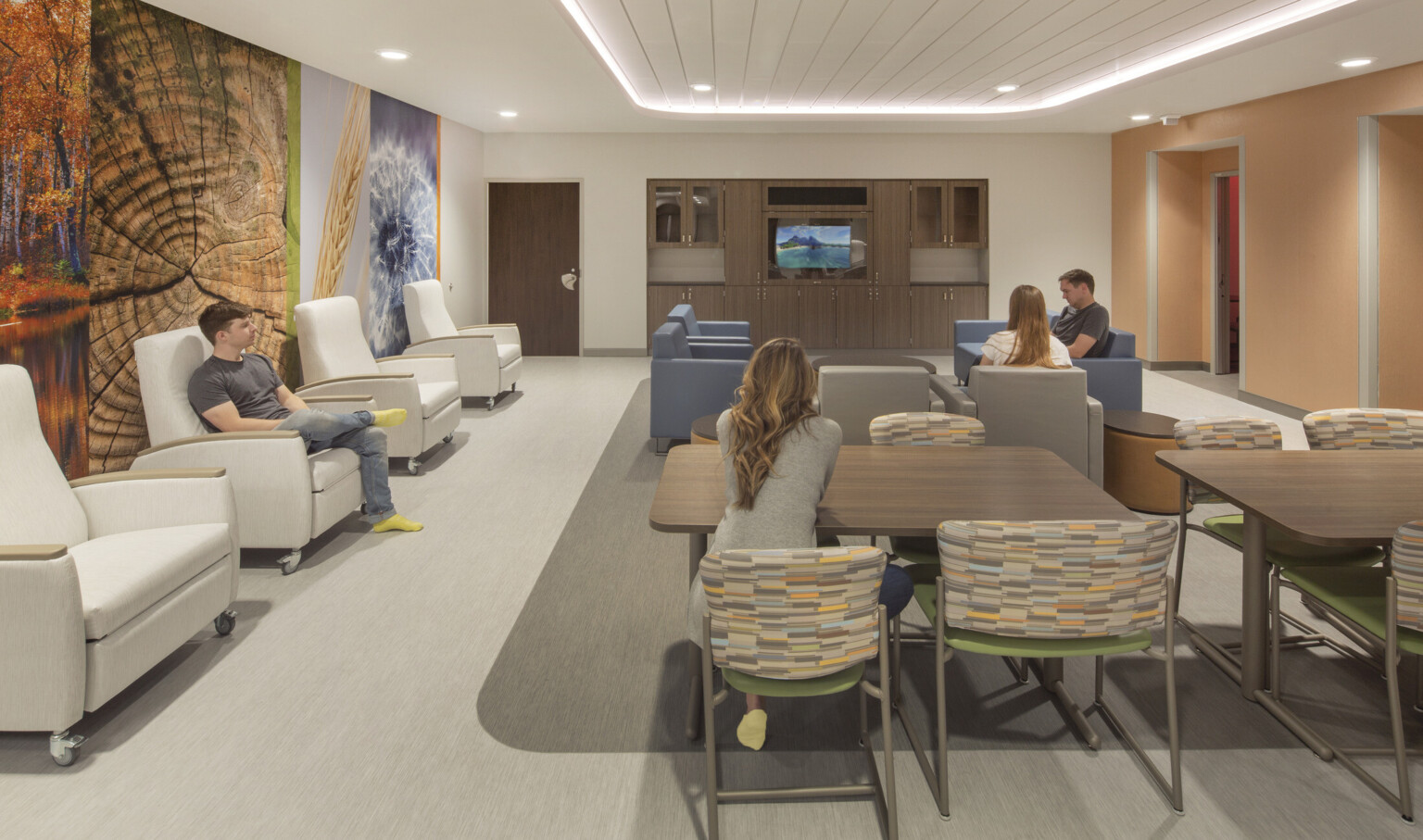
Society’s Duty and Benefit
Society’s duty remains to protect the public as well as the inmates in a manner that benefits everyone in the end. Part of that societal benefit requires that in-custody individuals return to their communities with hope, purpose, and resources to integrate and succeed in life. We are steadily moving away from the philosophy of incarcerating solely for the sake of punishment. Increasing access to appropriate treatment for behavioral health conditions during incarceration will ultimately reduce the number of individual re-offenses and offer opportunity for the formerly-incarcerated to become societal assets. This distinction calls for combining safe and secure building design with principles of care often found in healthcare facilities. In fact, both justice and healthcare facilities share the dual-challenge of being hyper-technical and deeply humanistic.
In healthcare, Phil cautions against designing to trends, reiterating that a focus on the patient is the best course of action for clients and their patients. While discussing design fads and how they might affect healthcare buildings can be a valuable part of the design process, experience tells us that, in the long-term, clients glean greater value from designs that are timeless, considerate, and calming. Designing for dignity encourages rehabilitation and signals to the building occupant that everything is in place – from walls to equipment to staff – to make that happen.
Whether in healthcare or in the adult secure treatment facilities, consideration of the health and wellbeing of detainees, officers, and staff must be the prime consideration to bring about long-term healing, equity and transformation of the individual and the community.
Explore more from our Justice studio.
To receive ideas like this directly to your inbox, subscribe to our email list.

